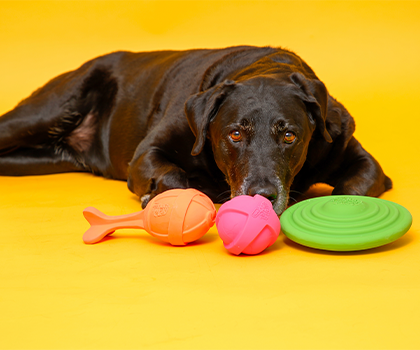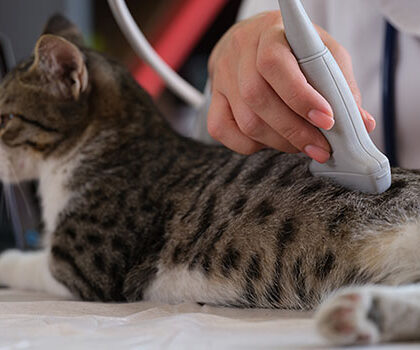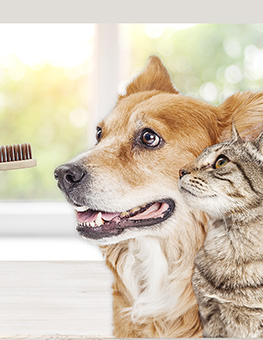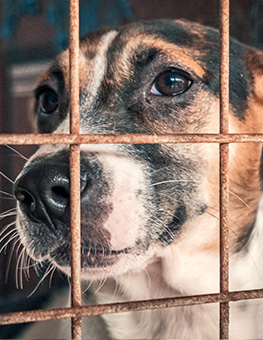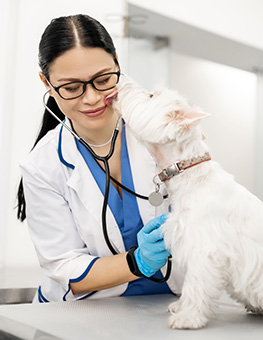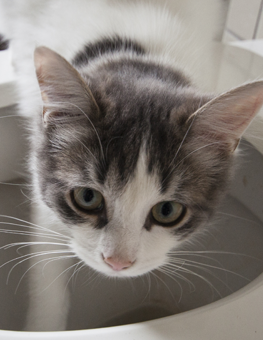Exercise and Your Dog
There’s a common misconception that the amount of exercise a dog needs relates to the size of the dog.
There are some small lap dogs like Yorkies and Maltese as well as many of the terriers, like the Parson Russell Terrier, that are very active and need almost as much daily outdoor activity as larger breeds.
Even with mixed breeds, it’s important to research different dog types, and to try to ascertain which breeds predominate, in order to learn about your dog’s basic exercise needs. Make it a priority to assess your lifestyle too. If you enjoy jogging or long walks on a beach, find a dog that would be only too happy to be by your side. If exercise is a chore, it’s important to choose a dog that will get all the activity he needs with indoor games supplemented by short walks. Check out the different breeds at www.akc.org to best discover your perfect canine companion.
Another common misunderstanding is that if you have large yard and let your dog out on its own, it will see to its own exercise needs. Not so! No dog, irrespective of size, actually exercises on its own outdoors. They may run up and down the perimeter of the yard a few times and then find a shady place to nap until you bring them back inside. Alternatively, they can stand and bark out of boredom. They need you to supervise their physical activity and interact by playing games of fetch. And no dog will ever turn down an invitation to a dog park to play with doggie friends!
Also another common myth is that large dogs are not suitable for smaller homes and apartments. If a large dog is getting the correct amount of daily exercise, in the form of three to five long walks a day, the size of your living space is immaterial because once your pooch is well exercised, its home space simply becomes a place to snooze and socialize with you!
There are many different accessories that will allow your dog to be your exercise buddy and join you in an exercise program, such as a bike tow leash (www.biketowleash.com) that makes it safe for a dog to run alongside while you cycle. Bicycle carriers that attach to the handlebars are ideal for smaller dogs that enjoy walking but can’t deal with exceptionally long distances, as it will allow them to rest for part of the outing.
Similarly, pet strollers are an ideal option for elderly dogs as well as canine amputees. With a stroller, you can allow an aging or handicapped dog to walk a comfortable distance and then ride part of the way, still enjoying the mental stimulation of being out and about.
Strollers come in all sizes, even for 150 lb dogs. Most models have pockets for keys and cell phones, a place for a drink and are collapsible, fitting easily into the trunk of a vehicle. In addition a stroller can be an excellent accessory for an elderly pet owner as the sturdy handle offers great walking support when out and about.
Whenever you leave home, make sure your dog is wearing proper identification and take along plenty of water to keep your pet hydrated.
If you have a young puppy or a dog with medical issues, it’s a good idea to discuss his exercise needs with your veterinarian in order to customize the perfect exercise program.



